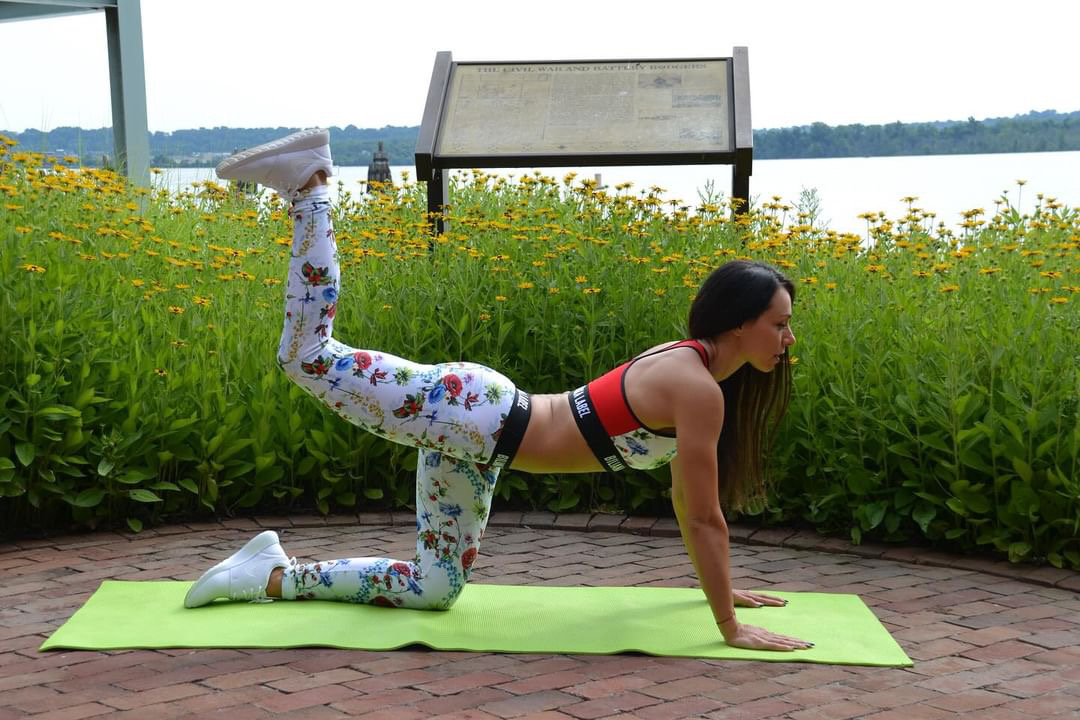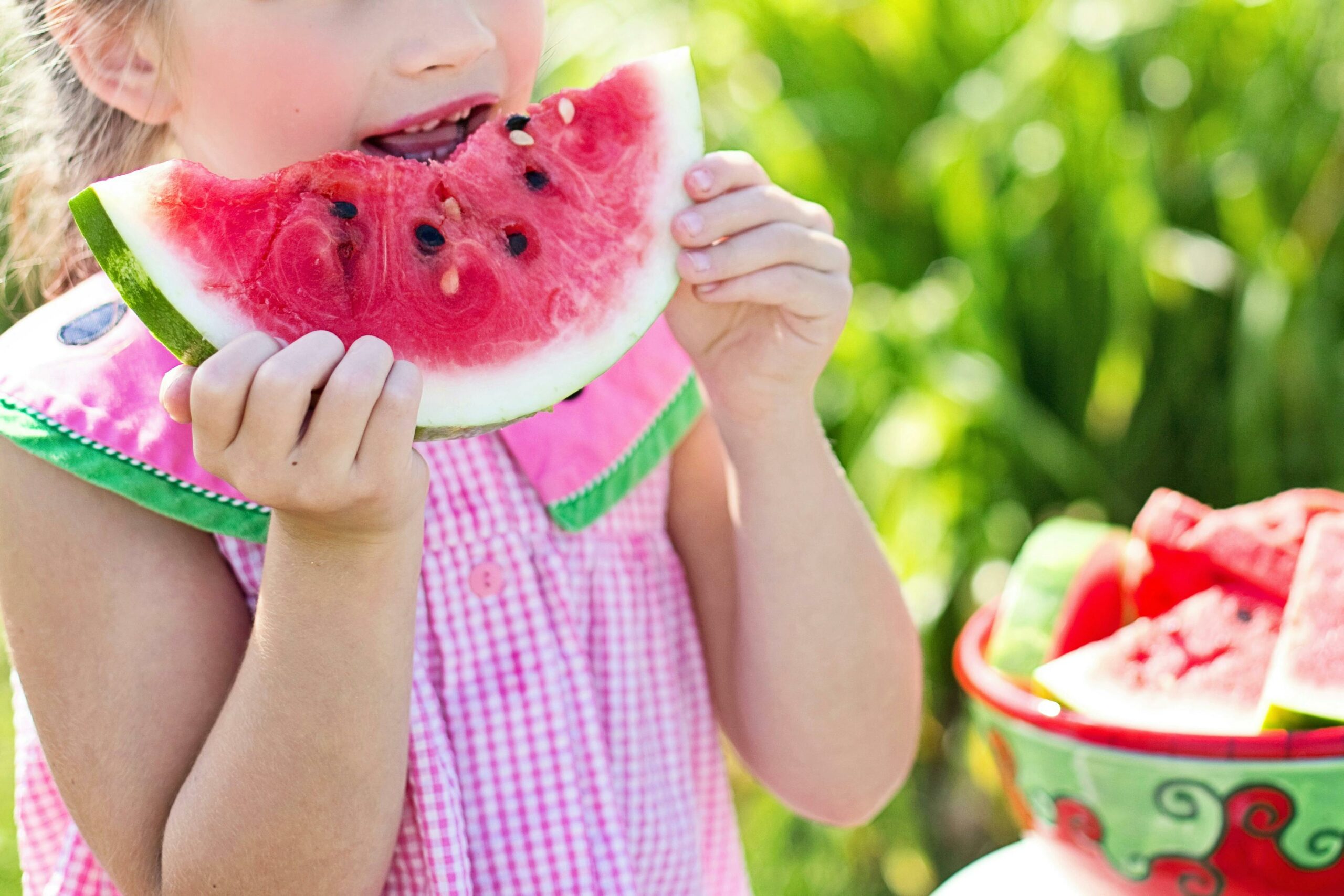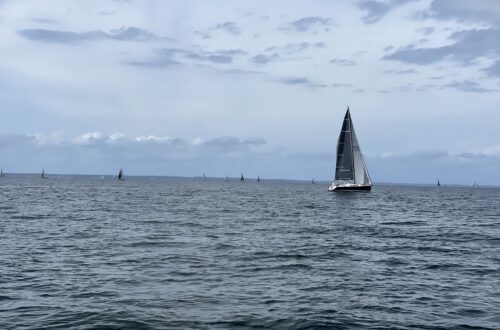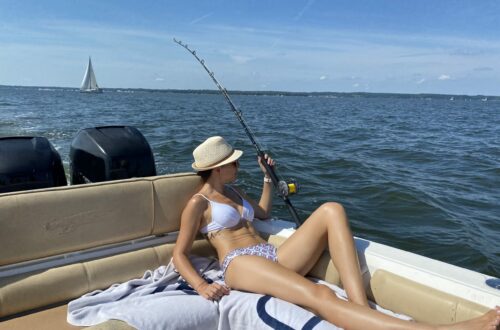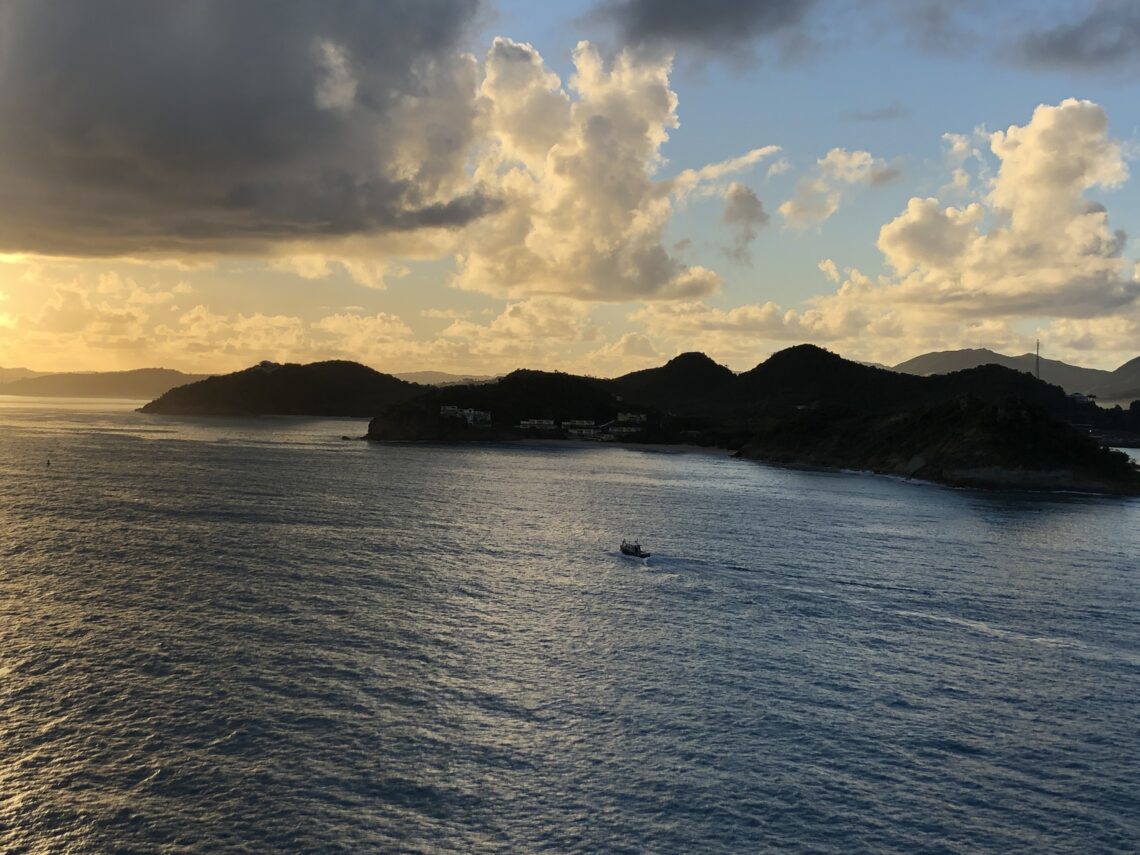
Cruising to a Dozen Islands in the Caribbean
A few years ago my parents came to visit me for Christmas. After walking around Washington DC for a couple of days visiting museums and monuments it was time to fly down south for a two-week Caribbean cruise. As an immigrant, I don’t get to see my family much, maybe once or twice a year, if I’m lucky. We don’t get to celebrate every birthday together, and often around holidays we only see each other on a screen (thanks FaceTime)
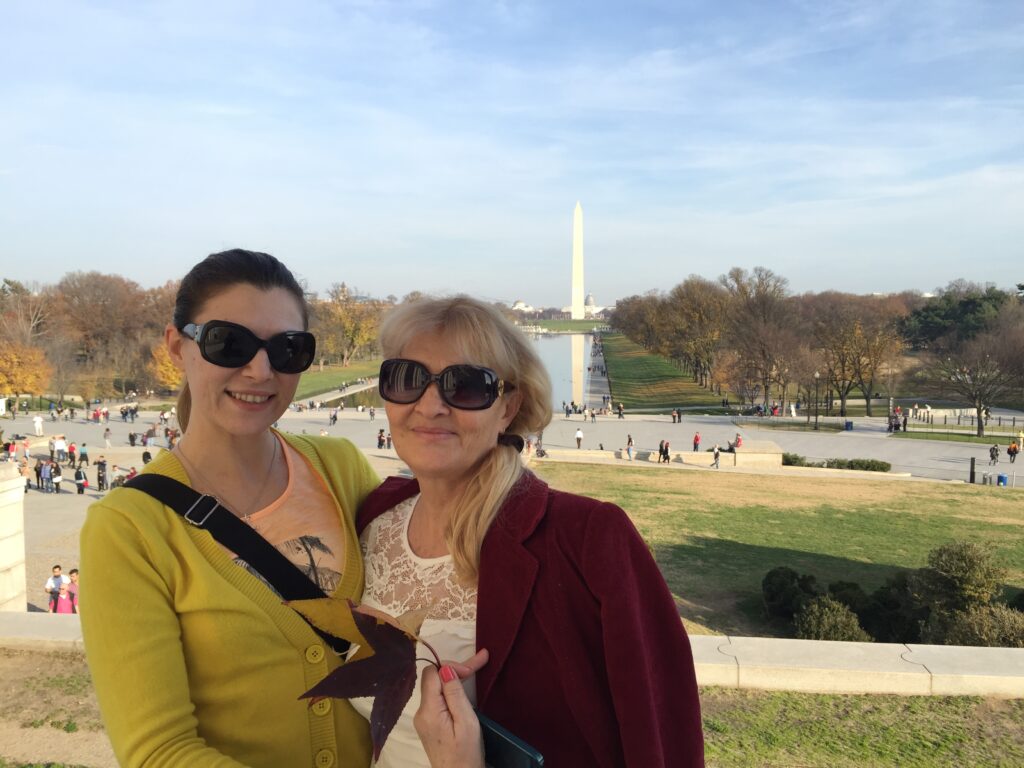
My parents have traveled a lot around Europe, but they’ve never been on a cruise before. It was our first time going to the Caribbean, and we were together so that alone was worthy of celebration. Embarking on a winter cruise is like stepping into a realm of mystery and adventure, where each day unfolds new wonders and discoveries. Let me walk you through this mesmerizing winter cruise with my parents, exploring 11 enchanting islands of the Caribbean.
Day 1: DCA -> SJU – As seasoned travelers, we always fly a day before the cruise to ensure a smooth start. This allows us to soak in the local atmosphere and explore the city’s highlights. We stayed at a charming boutique hotel in Old San Juan, immersing ourselves in the colonial charm of the area. I advise you to fly a day or two before a cruise because you don’t want to miss the ship’s departure if your flight gets delayed.
Day 2: San Juan, Puerto Rico – a vibrant city steeped in history and culture. We wandered through the cobblestone streets and enjoyed the open-air trolleys to visit historic sites like El Morro and Castillo San Cristóbal. El Morro is a “military masterpiece” that protects San Juan from enemy invasion by sea, whereas Castillo de San Cristóbal was protecting the city from attacks on land. This elaborate fortification system successfully fended off the British, the French, and the Dutch. Established in 1508, San Juan is the oldest city in the US and a UNESCO World Heritage Site.
Day 3: St. Croix, US Virgin Islands – The ship docked in Fredericksted where charming cafes and duty-free shops lined the streets filled with old buildings. The Sandy Point National Wildlife Refuge hosts a population of the world’s largest leatherback sea turtles. The No. 1 export of the US Virgin Islands is Cruzan rum, and you can take a tour of the distillery and have a taste. Buck Island Reef is home to the famous Underwater trail where snorkeling and diving offer more than 500 species of tropical fish and corals. The visibility can reach up to 100 feet (30 meters) at many dive sites throughout the island
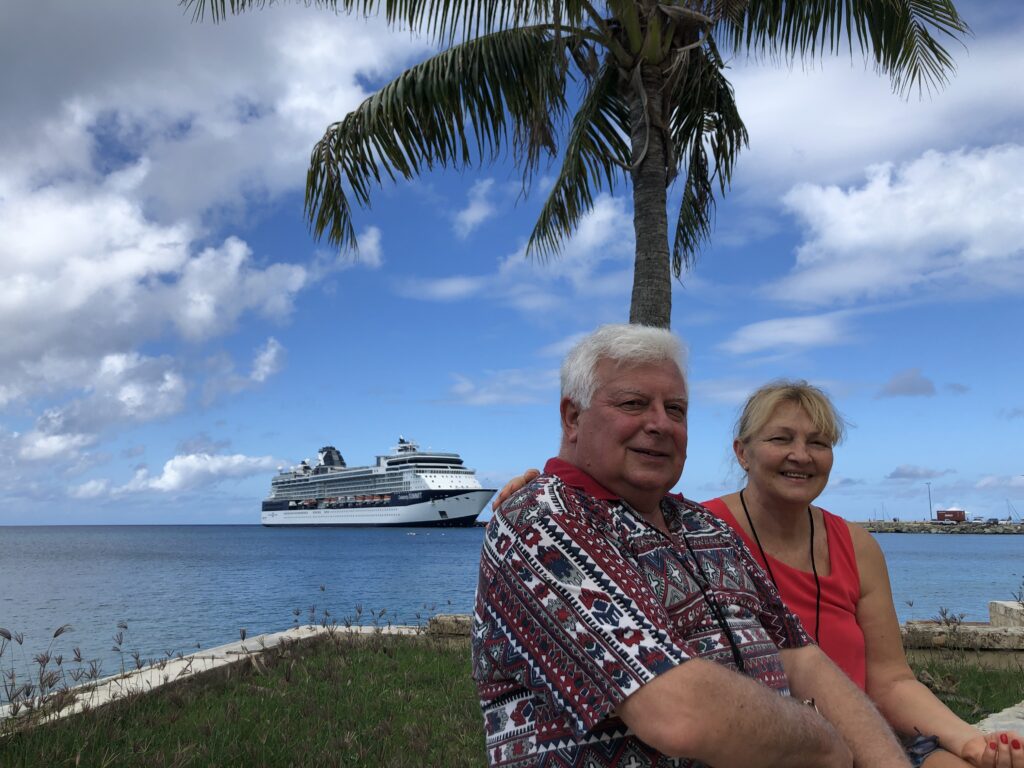
Day 4: Philipsburg, St. Maarten – This small island is shared between two countries, St. Maarten/ St. Martin. The unmarked border that divides the Dutch and the French side runs across the center of Simpson Bay Lagoon. Maho Beach is one of 37 soft white sand beaches and a popular destination, not only because of its turquoise waters. Airplanes fly directly over Maho, moments before they land on the runway at Princess Juliana International Airport.
Day 5: Fort de France, Martinique – A captivating island with a rich history and lush tropical flora similar to the Hawaiian mountainous terrain and roughly the size of Maui. Other than the beautiful beaches the island is covered in diverse vegetation and acres of banana and sugar cane plantations. The French settled Martinique in 1635, making its residents French citizens.

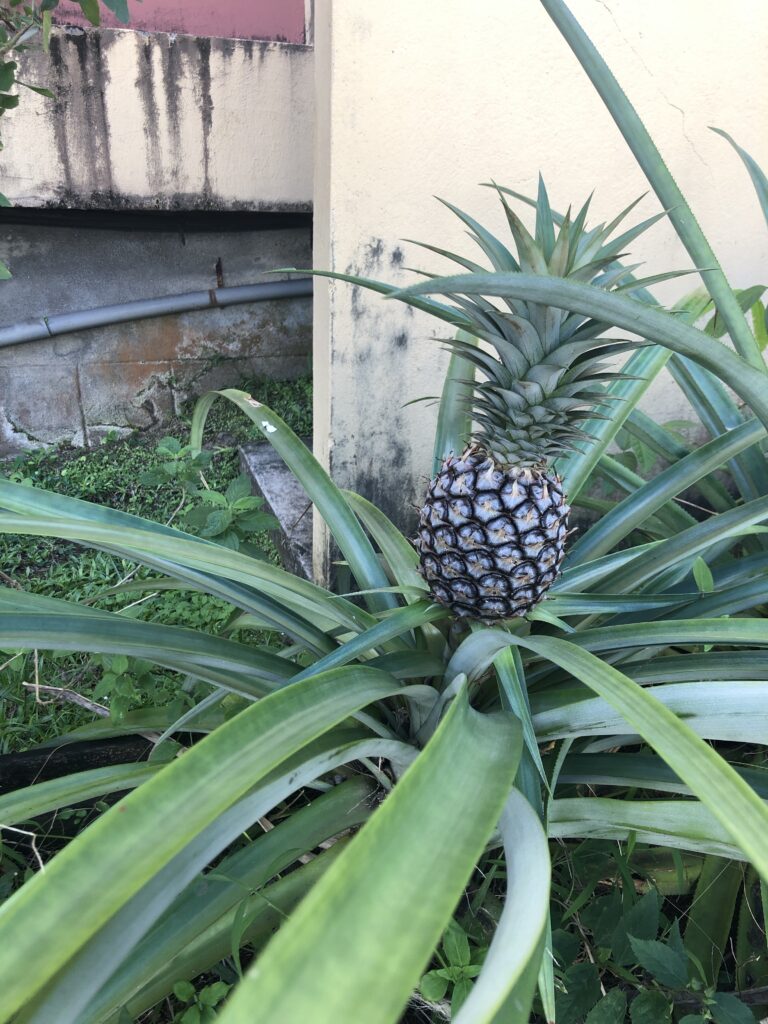
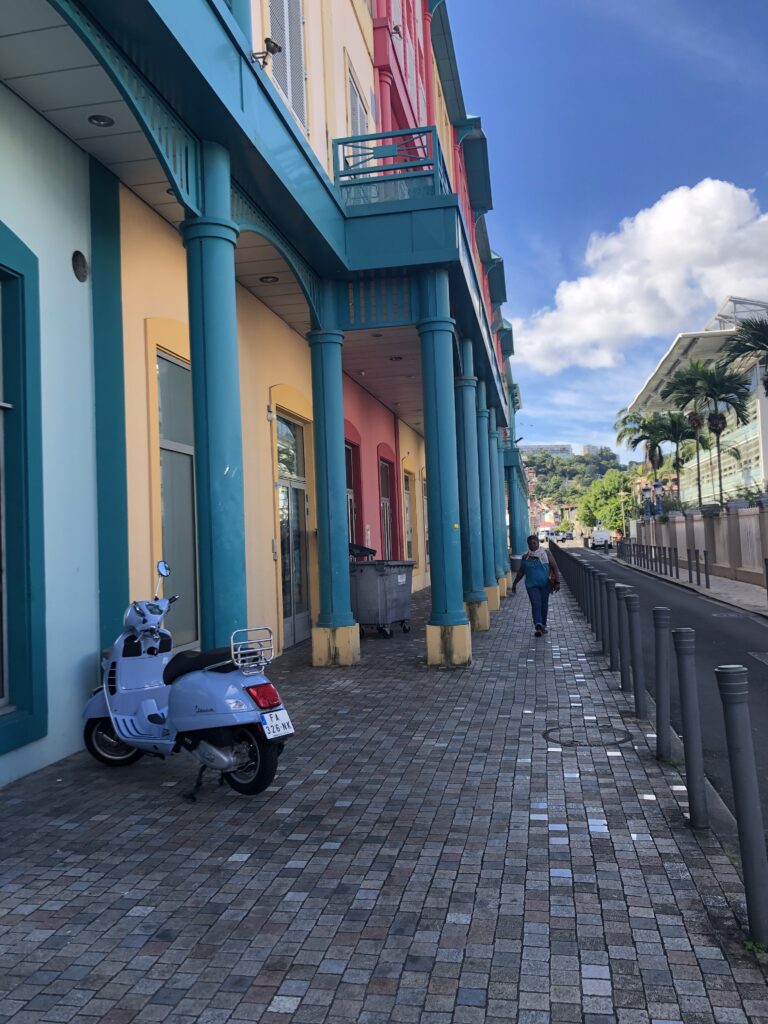
Day 6: Kingstown, St. Vincent – Nature lovers hike to the top of La Soufrière volcano, a challenging yet rewarding experience offering breathtaking views of the island. You will see why St. Vincent made a perfect backdrop for the “Pirates of the Caribbean” movie. With shore excursion options like cave exploring, Dark View Waterfall, catamaran snorkeling, schooner sailings, and trail hikes there is something for everyone to enjoy.
Day 7: Bridgetown, Barbados – The easternmost island of the West Indies and its bustling capital city is filled with both modern and Victorian, colonial buildings. The British charm of this island with 70 miles of coastline and over 60 beaches is still felt in the Gothic-style Parliament Building and English-style church. The crystallized limestone caverns and underground caves, streams, and waterfalls are a testament to Mother Nature. Tip: Try a flying fish sandwich for a real taste of Barbados.
Day 8: Castries, St. Lucia – The magnificent shoreline and the rich tapestry of forested mountains provide a tropical sensation when you overlook the city from Morne Fortune. A site where for centuries the French and the British fought battles over the ownership of the island. Pigeon Island is a living museum, Diamond Falls is the most colorful waterfall I’ve ever seen. The mineral water shimmers in beautiful shades of orange, blue, and purple as it flows downstream. My mother was in ecstasy as she found hundreds of wild orchids blooming on nearly every tree we saw along the way.

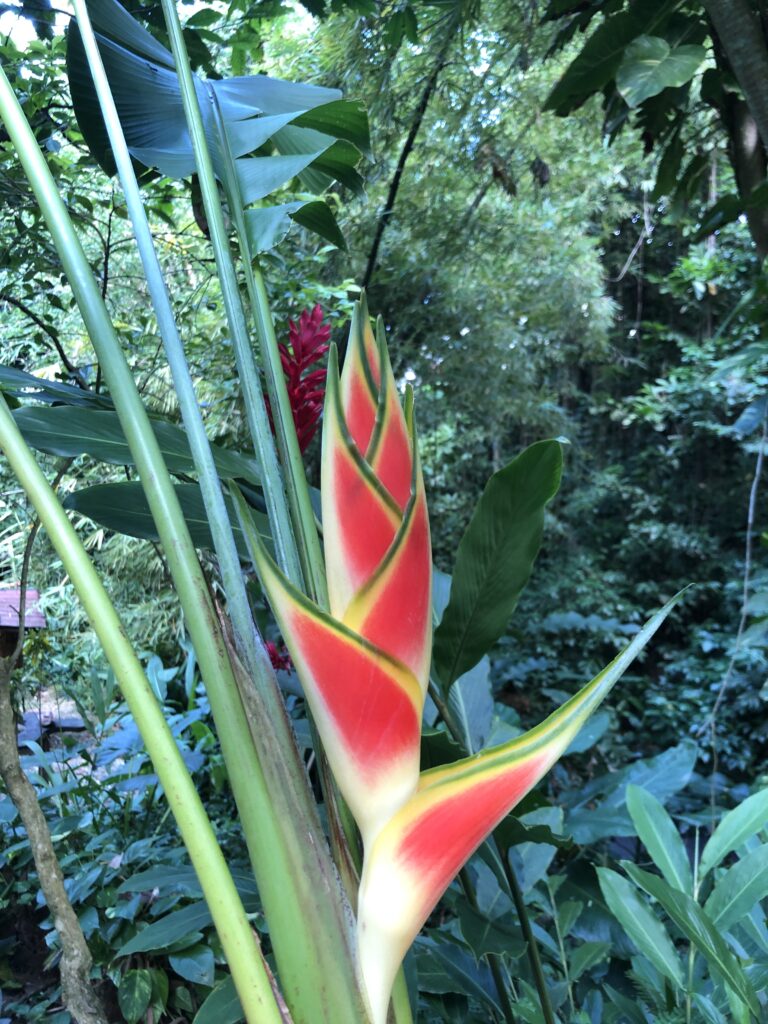
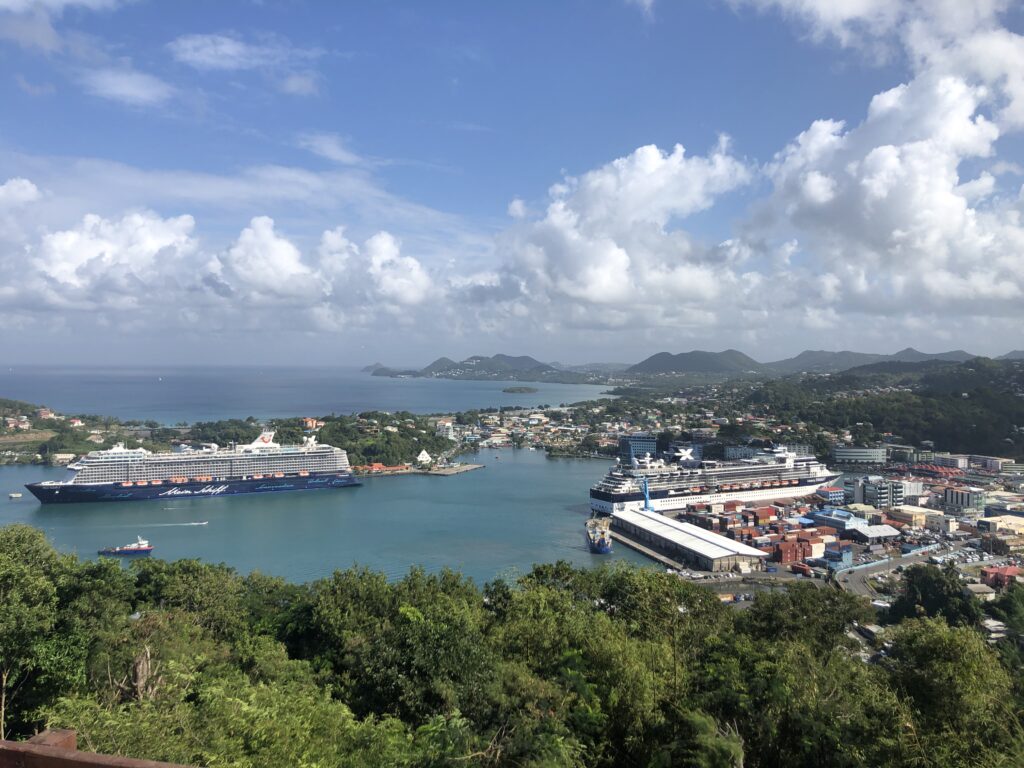
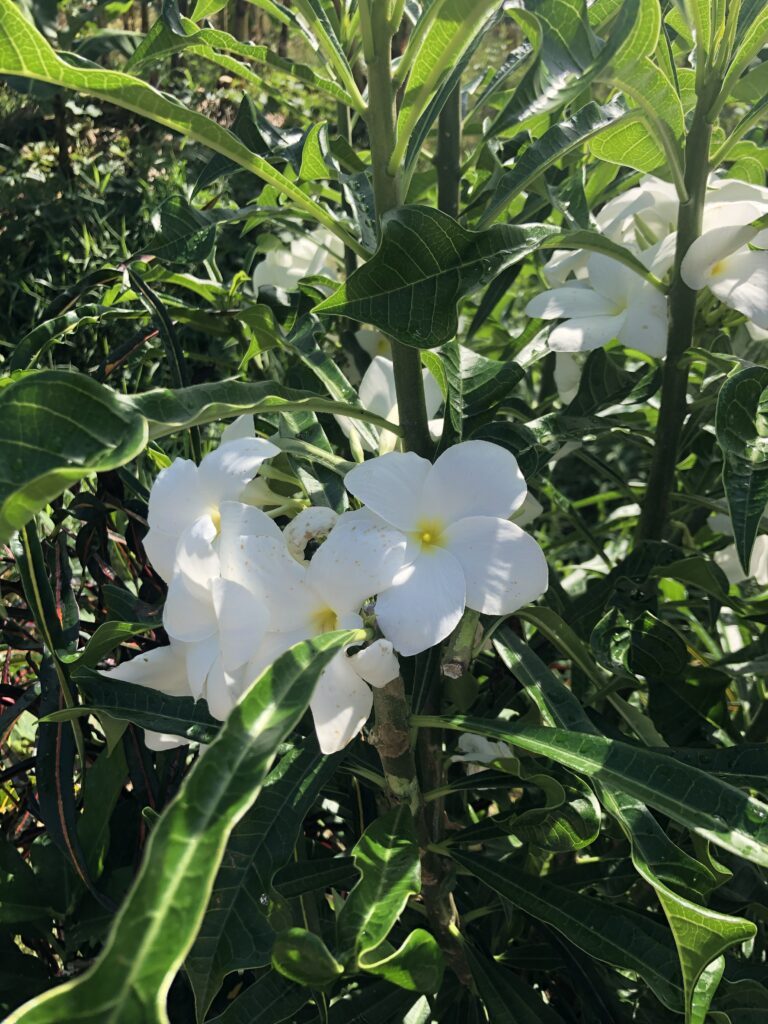
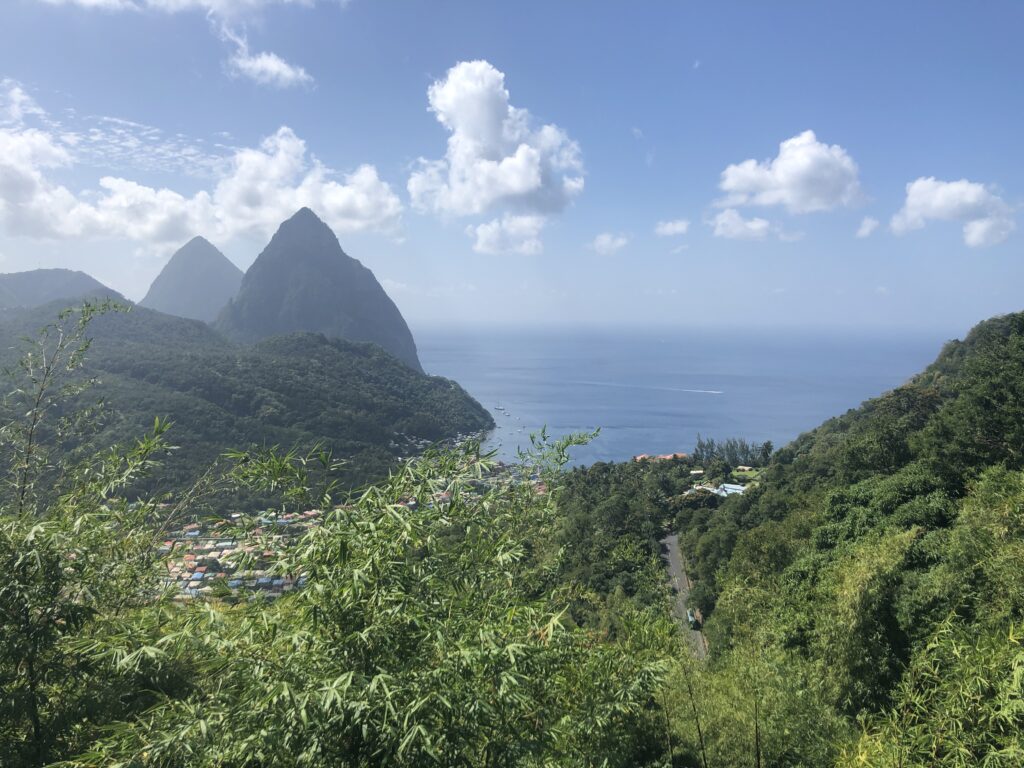
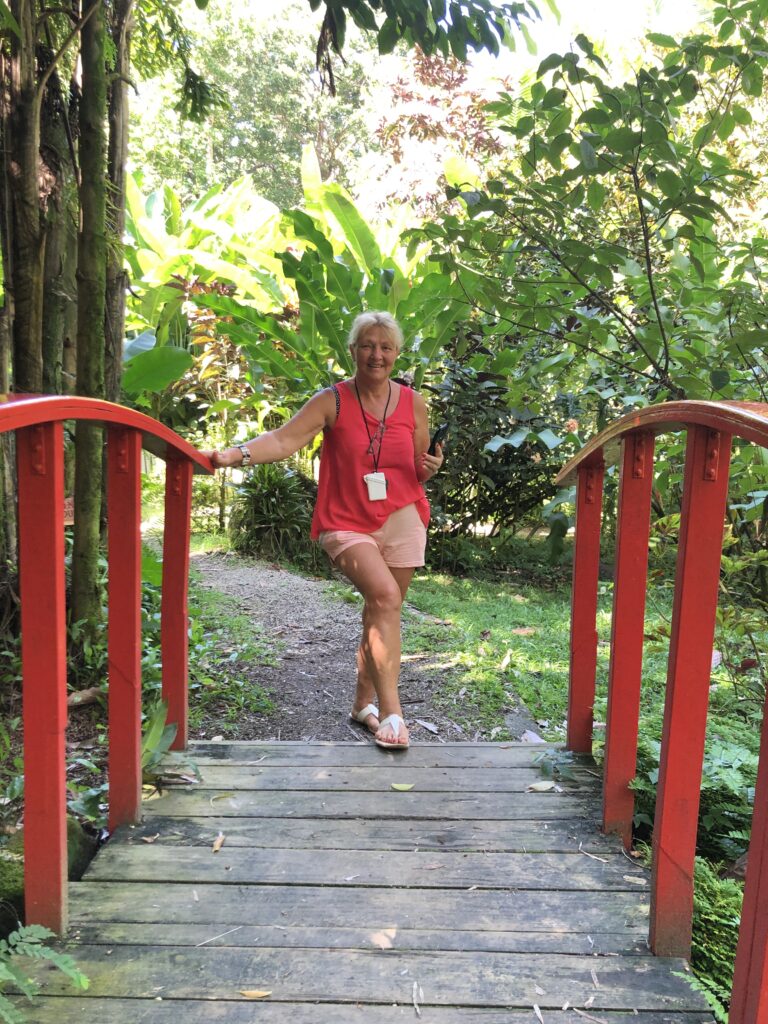
Day 9: St. George, Grenada – Lying at the southernmost tip of the arch formed by the islands of the Lesser Antilles, Grenada is known as the “spice island”. As soon as we got off the ship our senses were overwhelmed with notes of cinnamon, nutmeg, and clove. Lime most of these islands, this one too is volcanic in origin and covered in pristine white sand beaches and spectacular green mountains. More than a third of the world’s nutmeg comes from Grenada. The island is home to the first of its kind Underwater Sculpture Park.
Day 10: Roseau, Dominica – The ship docked at Bayfront Pier in Roseau, a charming fishing village on the west coast of Dominica. Tip: make sure to wear appropriate footwear as the cobblestoned streets are fairly uneven. This former British colony is known for its rugged terrain, volcanic activity, crystal clear water, and immaculate coral reefs with diverse marine life and untouched tropical rainforests. There are over 364 rivers and 200 waterfalls to explore on the 290 square miles of Dominica, pronounced Dom-in-EE-ka, and not to be confused with the Dominican Republic. For a more strenuous hike go see the Boiling Lake – the second largest in the world, with the first located in New Zealand. The 200-foot-wide steaming basin reaches 198 F (93 C) and it is believed to be a flooded fumarole.
Day 11: St. John, Antigua and Barbuda – Discovered by Columbus in 1493, Antigua is ideal for sailing, snorkeling, hiking, shopping, or relaxing. With 365 beaches, historic forts, rainforests, and plantations the island has a lot to offer its visitors. It was easy to get around St. John on foot and browse through the shops with jewelry, local artwork, and quality boutiques. Devil’s Bridge is a famous natural phenomenon, at high tide water sprouts through the limestone arch carved by centuries of pounding waves.
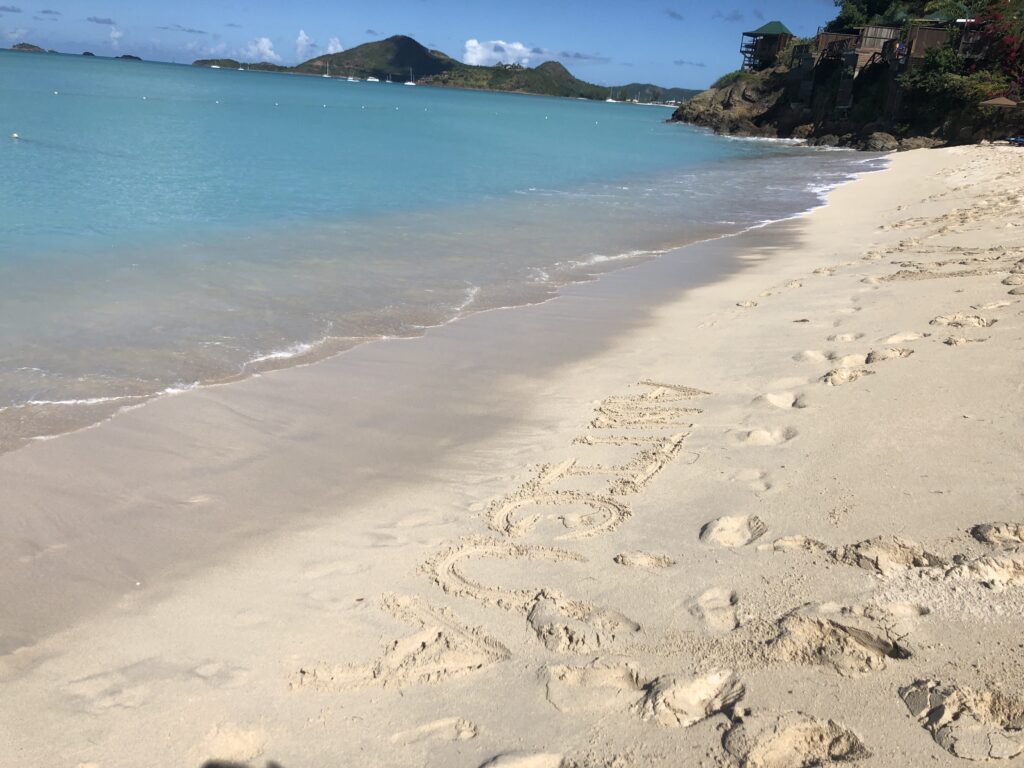
Day 12: Basseterre, St. Kitts & Nevis – Docked at Port Zante in Basseterre Bay, an open-air terminal just a few blocks away from downtown. The tour of Basseterre, the capital of St, Kitts doesn’t take very long, so we had plenty of time to explore the rest of the island. Along the southern peninsula, you’ll find some golden sand beaches, where you might be visited by monkeys. Other beaches might have gray or volcanic black sands. The dormant volcano offers superb hiking, which can be a bit strenuous, but the view from the top of Mount Liamuiga is well worth the effort.
Day 13: As we sailed on the open sea on our final day, we reflected on the incredible experiences and memories we had created. As a Fun & Fitness Host, along with my parents, I had 34 other guests. Each evening, we all dined together in the formal dining room, sharing stories and experiences from the day’s adventures. Each morning, we enjoyed a water aerobics class in the heated solarium pool, a refreshing start to the day.
This cruise was truly a journey of discovery, offering us the opportunity to gain valuable knowledge about the Caribbean. It was a testament to the beauty and diversity of the islands, and a reminder of the importance of exploring new horizons and embracing adventure.
